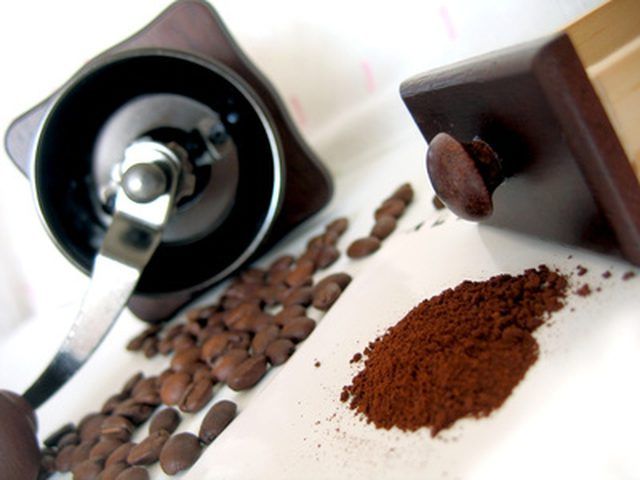Bulbs
Flower Basics
Flower Beds & Specialty Gardens
Flower Garden
Garden Furniture
Garden Gnomes
Garden Seeds
Garden Sheds
Garden Statues
Garden Tools & Supplies
Gardening Basics
Green & Organic
Groundcovers & Vines
Growing Annuals
Growing Basil
Growing Beans
Growing Berries
Growing Blueberries
Growing Cactus
Growing Corn
Growing Cotton
Growing Edibles
Growing Flowers
Growing Garlic
Growing Grapes
Growing Grass
Growing Herbs
Growing Jasmine
Growing Mint
Growing Mushrooms
Orchids
Growing Peanuts
Growing Perennials
Growing Plants
Growing Rosemary
Growing Roses
Growing Strawberries
Growing Sunflowers
Growing Thyme
Growing Tomatoes
Growing Tulips
Growing Vegetables
Herb Basics
Herb Garden
Indoor Growing
Landscaping Basics
Landscaping Patios
Landscaping Plants
Landscaping Shrubs
Landscaping Trees
Landscaping Walks & Pathways
Lawn Basics
Lawn Maintenance
Lawn Mowers
Lawn Ornaments
Lawn Planting
Lawn Tools
Outdoor Growing
Overall Landscape Planning
Pests, Weeds & Problems
Plant Basics
Rock Garden
Rose Garden
Shrubs
Soil
Specialty Gardens
Trees
Vegetable Garden
Yard Maintenance
Homemade Nitrogen Fertilizer
Homemade Nitrogen Fertilizer. Most plants need fertilizer rich in nitrogen to grow. Fertilizers are often expensive, and sometimes they contain chemicals that can harm the environment such as high levels of toxic metals. You can make your own nitrogen-rich fertilizer at home with common items found around your household. Making your own fertilizer...

Most plants need fertilizer rich in nitrogen to grow. Fertilizers are often expensive, and sometimes they contain chemicals that can harm the environment such as high levels of toxic metals. You can make your own nitrogen-rich fertilizer at home with common items found around your household. Making your own fertilizer will save you money and help the environment.
Things You'll Need
Newspaper
Cookie sheet
Coffee grounds
Spray bottle
Place newspaper on a cookie sheet to cover it.
Spread used coffee grounds over the newspaper
Allow the coffee grounds to dry completely.
Add the dried coffee grounds to the base of the plants. Add 6 to 8 inches into the soil of acid-loving plants, and place 1 to 2 inches of fertilizer around the bases of shrubs and trees. If you are not sure of your plants' acid tolerance and nutrient needs, dilute the coffee grounds in water to avoid damaging the plants.
Combine four parts water with one part coffee grounds in a spray bottle. Spray the mixture in the soil around your plants to moisten the soil.
Tips & Warnings
Avoid placing the fertilizer too close to the roots of the plant. This can burn the roots and damage the plants.